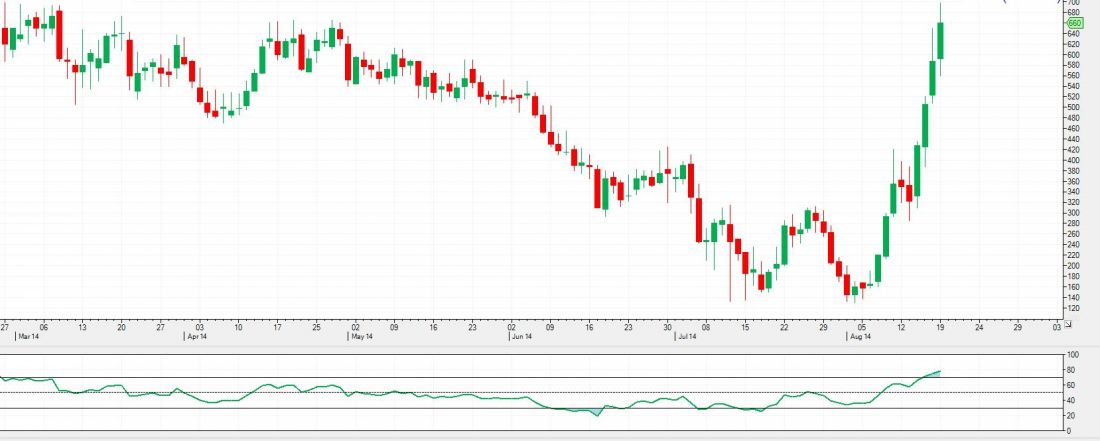There continues to be optimal seasonal crop condition ratings for soybeans in Iowa, Illinois, and Indiana, high yield counts from the Pro Farmer Crop Tour this week for Nebraska, South Dakota, and Ohio, along with continued favorable central US weather forecasts that have continued to pressure corn and soybean values.
The volume of trade has been moderate with traders watching to see if strong domestic cash soy markets can offer a supportive hand to new crop soybeans for November and January delivery.
Midwest crushers have about two to three weeks of old crop soybean stocks left on hand and are trying to secure bushels for the first half of September to meet to soymeal demand. By the middle of September, most expect that there will be enough Delta/S Midwest soy harvest completed to bridge the supply gap until new crop harvests arrive.
In my view, it is a game of musical chairs in trying to gauge when crushers will sharply drop their basis as their September soymeal consumption has been filled with enough cash beans for comfort.

Looking Ahead
The transition for historically tight old crop soybeans to a record large new crop harvest won’t be easy and without some extreme volatility in cash basis bids. The September- November soybean spread chart shows that this spread has rallied almost 57 cents since August 4 and reiterates the fear of the U.S. possibly running out of old crop beans to meet crush demand. The market always trades fear before fact and with September option expiration Friday along with first notice day the following week, I look for this spread to consolidate.
We are reaching an overbought condition with an RSI at 80 on this spread and it is my view that common sense combined with the realization that we won’t run out of old crop supply will soon emerge as fact. The USDA reported that for the week ending August 17 that 71% of the US soy crop was rated good to excellent, up 1% from the prior week with ratings for the week at a record high.
Trade Idea
I therefore propose the following trade; sell the September/November soybean spread at 80 cents or better. I would risk 20 cents with a buy stop at $1.00 dollar, which would make risk on the trade at or near $1,000.00. The complete risk on the trade would include all commissions and fees plus the 20 cents for the good to cancel stop loss.
I’m looking for the spread to consolidate back down to 35 to 40 cents in the next few weeks, possibly after Labor Day. For those who would want to trade this spread more conservatively, please use the mini contracts in soybeans, which are one-fifth the cost of the full size contract.
Webinar
For those interested in grains, Walsh Trading’s Senior Grain analyst Tim Hannagan hosts a free grain webinar each Thursday at 3:00 pm central time. Tim has been ranked the #1 grain analyst in the United States per Reuters and Bloomberg for his most accurate price predictions for soybeans and corn in the years 2011 and 2012. If you cannot attend live, a recording will be sent to your email upon signup.
RISK DISCLOSURE: THERE IS A SUBSTANTIAL RISK OF LOSS IN FUTURES AND OPTIONS TRADING. THIS REPORT IS A SOLICITATION FOR ENTERING A DERIVATIVES TRANSACTION AND ALL TRANSACTIONS INCLUDE A SUBSTANTIAL RISK OF LOSS. THE USE OF A STOP-LOSS ORDER MAY NOT NECESSARILY LIMIT YOUR LOSS TO THE INTENDED AMOUNT. WHILE CURRENT EVENTS, MARKET ANNOUNCEMENTS AND SEASONAL FACTORS ARE TYPICALLY BUILT INTO FUTURES PRICES, A MOVEMENT IN THE CASH MARKET WOULD NOT NECESSARILY MOVE IN TANDEM WITH THE RELATED FUTURES AND OPTIONS CONTRACTS.




